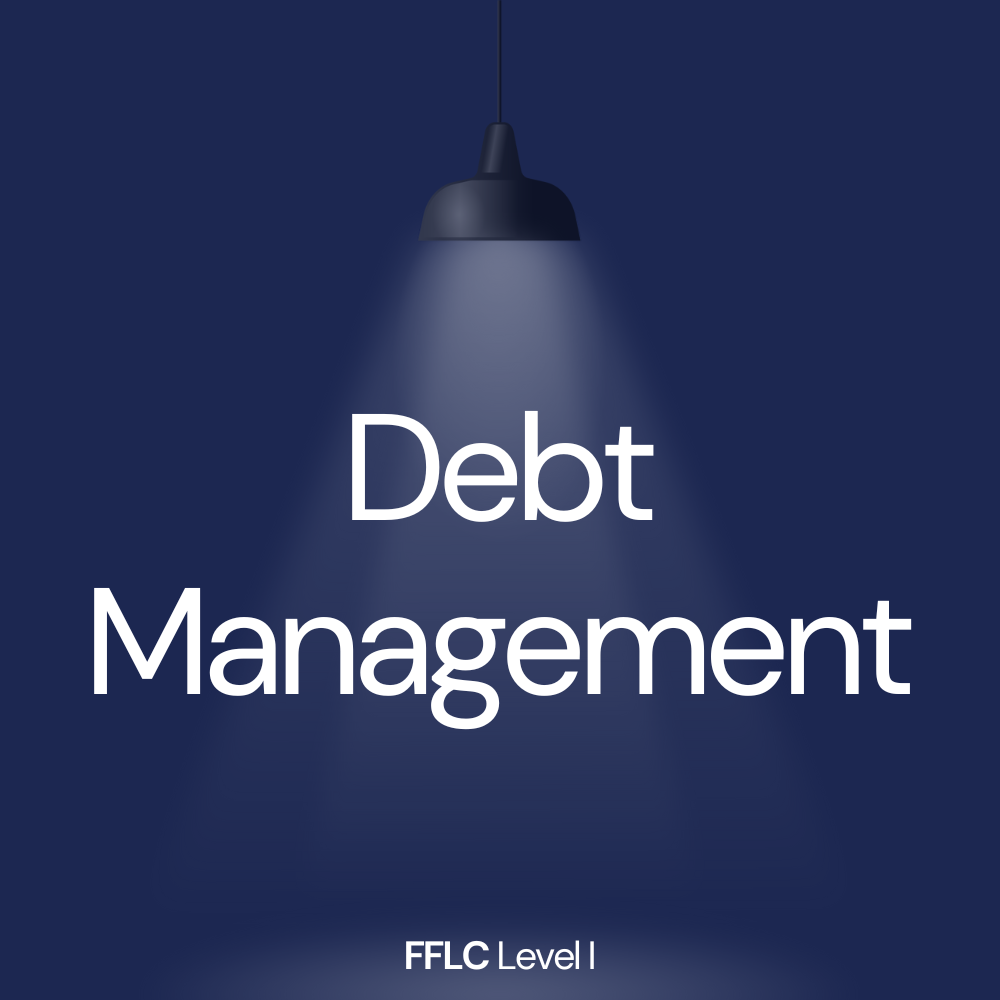The Comprehensive Approach to Smart Financial Debt Monitoring and Long-Term Financial Flexibility
In the realm of personal money, understanding the art of financial obligation administration is a pivotal action in the direction of accomplishing long-lasting economic stability. The trip to financial liberty usually starts with a clear understanding of one's financial obligation landscape and the effect it carries general financial wellness. Nevertheless, merely recognizing the existence of debt is not nearly enough; it needs a comprehensive strategy that surpasses simple budgeting methods. By diving right into techniques that incorporate smart financial debt administration techniques and prudent monetary planning, individuals can pave a course towards not just financial debt freedom yet also sustainable monetary health.
Understanding Financial Obligation and Financial Wellness
To understand the intricate connection in between debt and financial health, one have to first explore the essential principles of loaning and its effect on general financial security. Financial obligation, in its essence, is a monetary tool that allows people and entities to utilize sources past their present ways. When utilized carefully, financial obligation can assist in investments in education, homes, or companies, causing prospective growth and prosperity. Nevertheless, mismanagement of financial obligation can swiftly spiral into a cycle of monetary instability and distress.
Financial wellness, on the other hand, encompasses the capacity to manage financial debt responsibly while keeping a balanced spending plan and financial savings plan. Recognizing the kinds of financial debt, such as revolving debt, installment loans, or home loans, is critical in making informed loaning choices. Keeping an eye on debt-to-income ratios, credit report, and rate of interest prices further contributes to a person's total financial well-being.
Setting Clear Financial Goals
Establishing clear financial objectives is a crucial action in the direction of accomplishing long-term economic security and success. Begin by examining your current financial scenario, consisting of income, expenditures, financial debts, and cost savings.
Routinely testimonial and readjust your financial goals as needed to show changes in your scenarios or priorities. By setting clear economic goals and continually working in the direction of them, you can pave the way for an extra safe and secure and prosperous monetary future.
Building and Applying a Budget
When beginning on the course to financial stability, one vital action is creating and performing a detailed budget strategy - hmrc debt contact number. A budget works as a roadmap for managing your financial resources, assisting you track income, expenses, and financial savings objectives. To build an effective budget, start by noting all income sources and categorizing expenses into fixed (e.g., rent, utilities) and variable (e.g., groceries, entertainment) Allocate a portion look at this now of your income to financial savings and focus on financial debt payments. It's necessary to be realistic and adaptable when establishing spending plan limitations to guarantee sustainability. Executing a budget calls for technique and normal tracking of expenses to stay within established limitations. Using budgeting tools or applications can enhance this process and provide understandings into spending patterns. Routinely review and readjust your budget plan as needed to mirror adjustments in earnings or expenses. By faithfully following a budget strategy, you can take control of your financial resources, decrease financial debt, and work in the direction of accomplishing long-term monetary freedom.
Prioritizing Financial Debt Repayment Approaches
Having developed a solid spending plan foundation, the next crucial action in attaining financial stability is purposefully prioritizing financial debt repayment methods. Focusing on financial obligation settlement involves identifying and concentrating on high-interest financial obligations initially, such as charge card balances or cash advance lendings, to lessen the total interest paid gradually. By taking on high-interest debts early, people can reduce the financial problem and maximize more funds for other monetary goals.
One more effective approach is the financial obligation snowball method, where financial debts are paid off in order from smallest to biggest balance. On the various other hand, the debt avalanche approach involves focusing on debts with the highest possible interest prices regardless of the balance dimension. hmrc debt contact number.

Investing in Long-Term Financial Stability
To protect long-lasting financial stability, prudent financial investment strategies customized to private monetary goals are essential. Spending in long-term financial stability includes a calculated technique that thinks about variables such as risk resistance, time horizon, and economic objectives.
Routinely evaluating and her explanation readjusting financial investment portfolios as monetary goals evolve is likewise vital to keeping a durable monetary approach. By focusing on long-lasting financial security through thoughtful investments, individuals can work towards attaining enduring monetary safety and independence.
Conclusion
